When the Igersvienna and Igersaustria invited me to a tour of the Ephesus Museum I was most tempted to join because we would go on the roof of the NHM (Natural History Museum) afterwards and that´s something I´ve been wanting to do for a very, very long time!
But Mr Georg Plattner, the director of the antique collection and the Ephesos museum made it so interesting that we didn´t want to leave again and explore even more.
Ephesos, located in present-day Turkey, was one of the most important cities of antiquity. It was here that the Artemis Temple, one of the Seven Wonders of the World, stood; the city was also the home of Heraclitus, as well as of one of the largest early-Christian communities. Roman times saw Ephesos became capital of the Province of Asia, with around 200,000 inhabitants.
Since 1895, Austrian archaeologists have been excavating the ruins of Ephesos. Up to the year 1906, numerous recovered objects of high quality were removed to Vienna, objects which can be seen today at the Ephesos Museum, an annex to the Collection of Greek and Roman Antiquities. (KHM)
It´s just a short walk across the Heldenplatz and Maria Theresia Platz to reach our second destination, the Natural History Museum. And again we were shown some of the highlights of the museum, the oldest collections dating back more than 250 years, founded by Franz I Stephan of Lorraine, Maria Theresa’s husband.
One of the most famous pieces is probably this little lady, the Venus von Willendorf. The figurine is about 29.000 years old and was found in 1908 near Willendorf.
After a quick hello to the dinosaurs, it was time to get on the roof! View of Heldenplatz and Hofburg Palace.
Christmas Market at Maria Theresia Platz and the MQ in the back
Votivkirche, Theseustempel, Burgtheater
City Hall and the Parliament
St. Stephens in the back


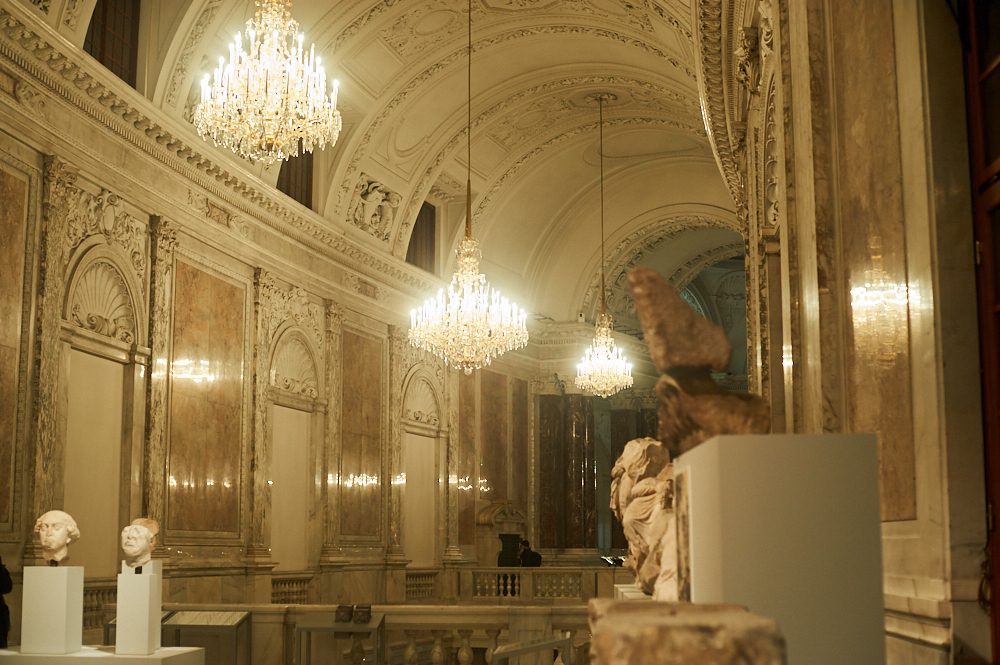
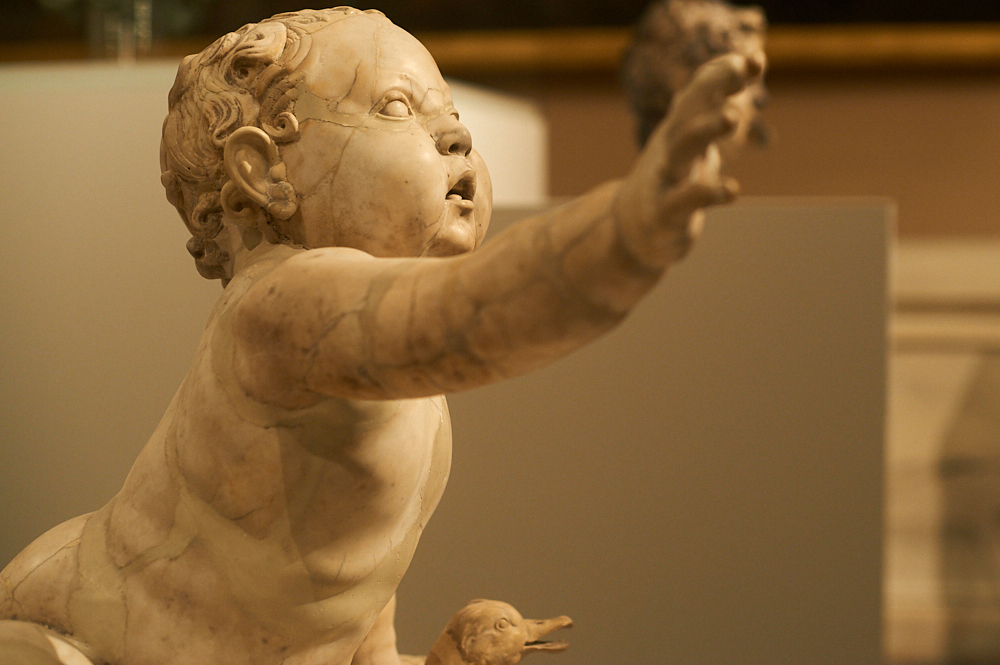
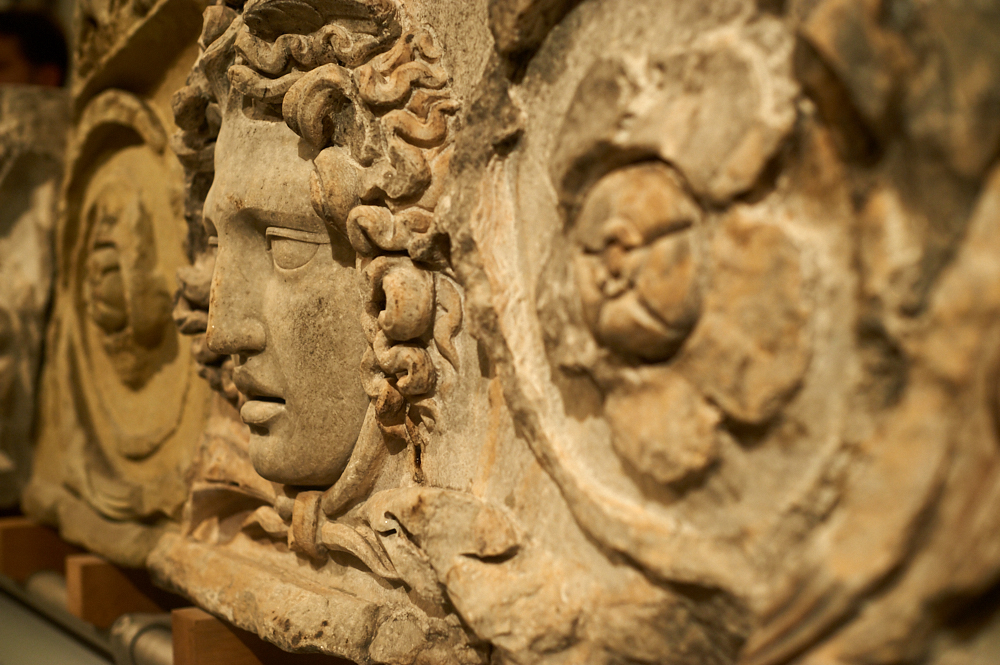
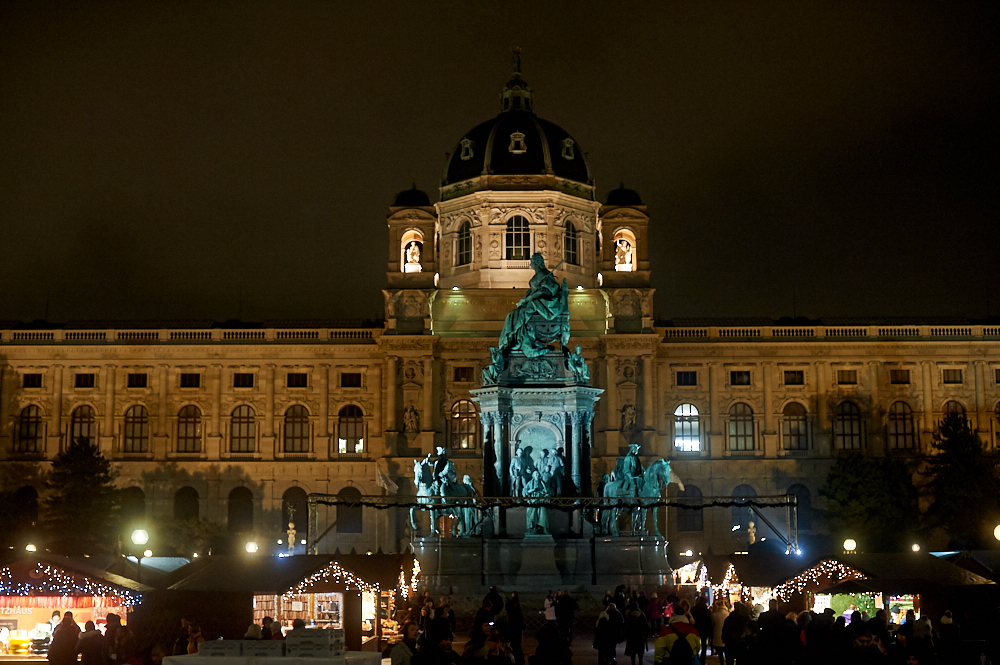


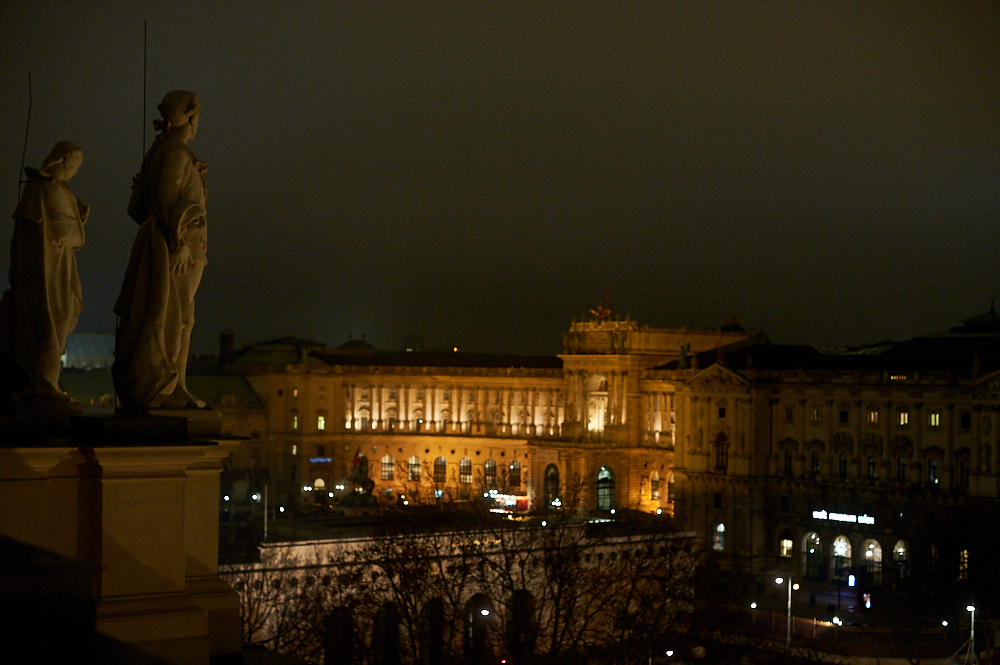

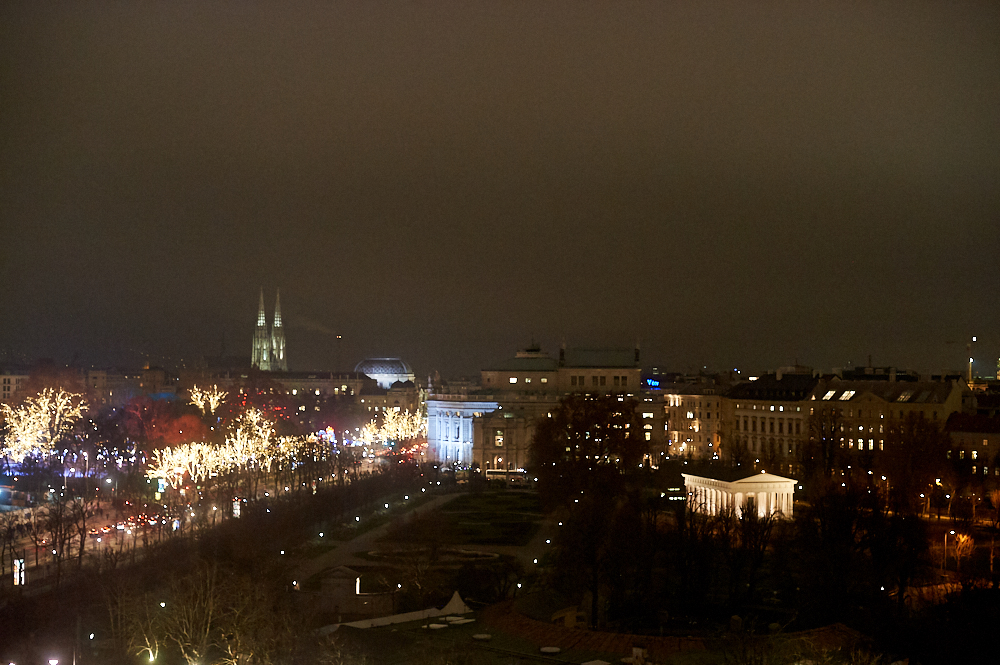

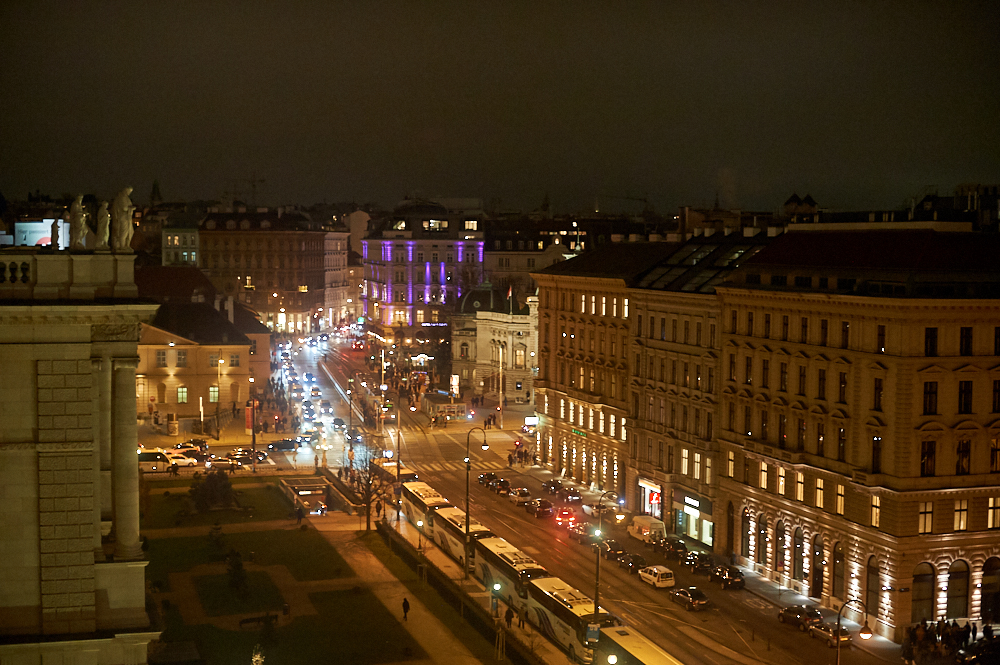

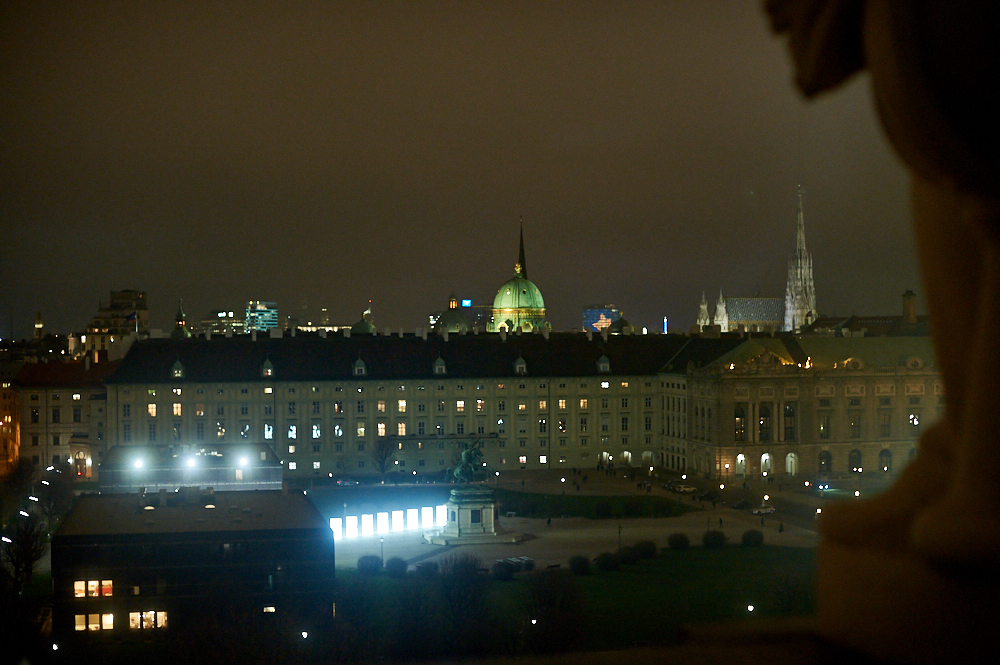
Leave a Reply